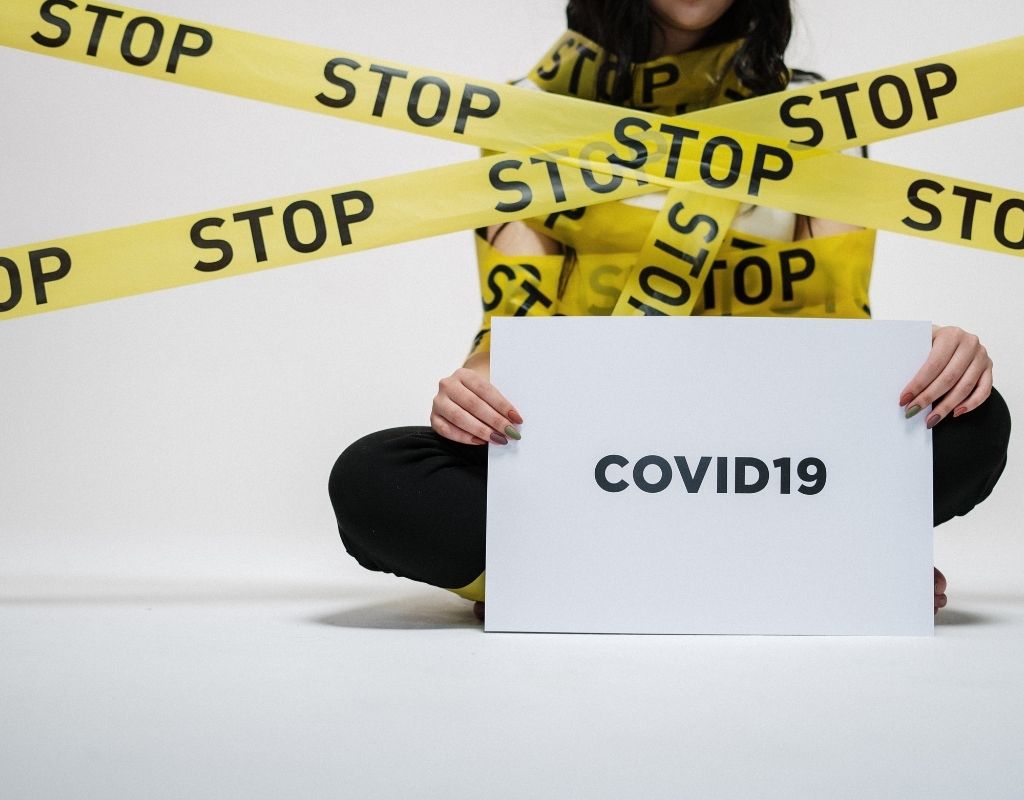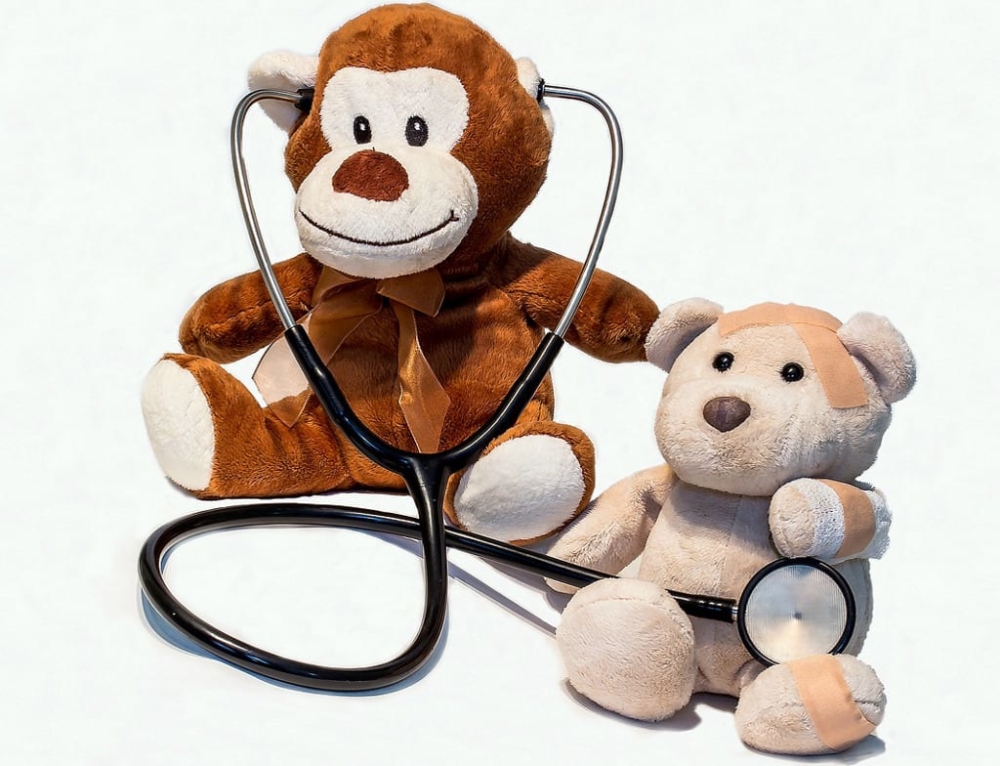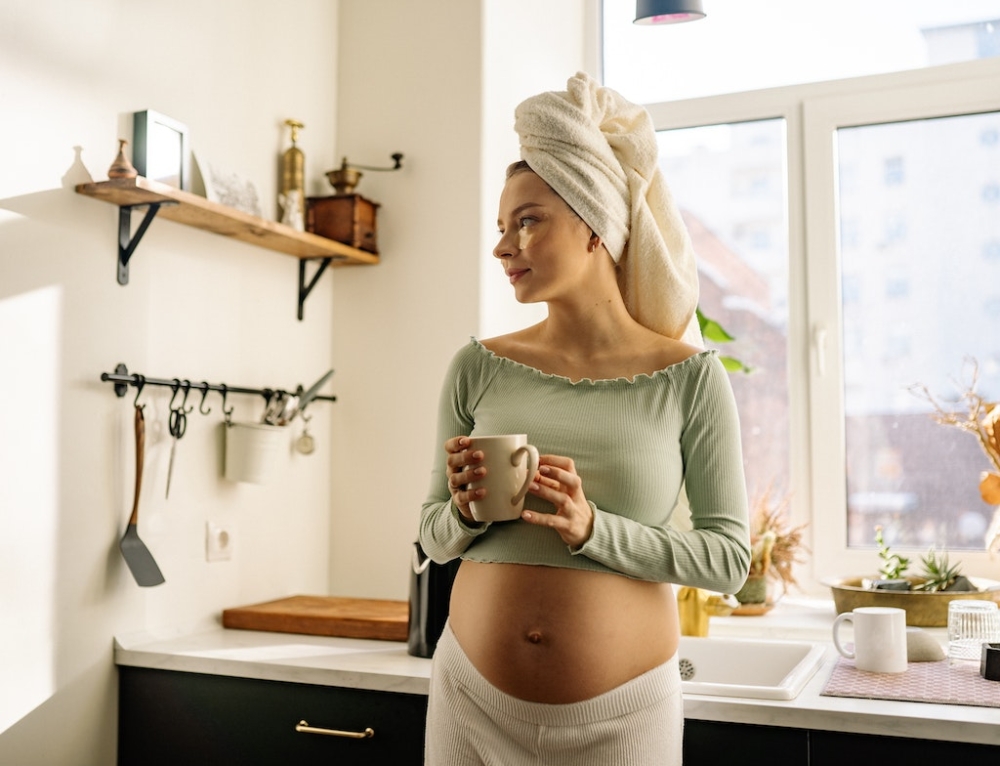Last updated 27 January 2022
It’s looking likely that with the omicron variant of COVID-19 now out and about in the community, more of us will have to manage at home with at least one person self-isolating. We take a look at how you can get prepared to make this time as stress-free as possible.
New Zealand is at the Red Traffic Light level of the COVID-19 Protection Framework and is preparing for an increase in people who have tested positive for the omicron variant of COVID-19, or who are close contacts of people who have. It can feel a bit scary and unknown, so taking some time now to plan ahead is a great idea.
We take a look at how what we can do to ride out any self-isolation as safely and comfortably as possible.
Where to self-isolate
Now is a great time to have a think about the logistics of self-isolating. Because of how transmissible the Omicron variant is if one of your household members tests positive, you will all need to stay home and the positive person will need to stay away from the others for at least 14 days (in Stage 1). If you are worried that you may not have a suitable place to self-isolate, this can be discussed with a public health official at the time you test positive.
Ideally, a COVID-19 positive person should have their own space, so consider if there is a way you can free up a room for them. It is also recommended that the rest of the people in the house try to stay around two metres apart.
Your at-home Covid health kit
The most commonly experienced symptoms of omicron which have been reported are a runny/stuffy nose, headache, fatigue, sneeezing, coughing, and a sore throat. These can be followed by muscle aches and a cough.
With this in mind (if you can) stock up on paracetamol and ibuprofen, a thermometer, tissues, hand sanitiser, and possibly an oximeter that monitors your heart rate and blood oxygen levels. You could also include your favourite nasal decongestant and sore throat remedies.
A longer list plus some other tips and information created by those who have first-hand home isolation experience can be found here.
Taking stock
Because you will all need to be staying home, if you are in a position to, you could start stocking up on non-perishable and frozen items including pre-made meals. Look for foods that are nutritious, cook quickly, can be used in a variety of ways, and have a long life. For example:
- Rice
- Dried pasta
- Tinned fish
- Canned beans or lentils
- Frozen or tinned veggies
- Tinned fruit
- Canned or packet soups
Ice blocks are great for soothing sore throats. Having milk powder in the cupboard will mean that you always have some on hand.
Home entertainment
You could also take the time to think about ways to keep entertained during the isolation period. Is there a hobby or craft you want to restart or learn, books, podcasts, or movies you want to catch up on?
Kidspot has lots of fun, printable, colouring and activity sheets for children plus lots of craft ideas here.
Lining up support
If you test positive, a public health official will be in touch with you to help you manage the coming weeks, and also to find out your recent movements and contacts. Someone will continue to check in on you to make sure you are all managing OK. If it is apparent that you have nowhere suitable to self isolate they will discuss other options with you.
You could consider signing up to a grocery delivery service such as Countdown or New World and even start creating a shopping list.
If you have friends who can do shopping for you, consider getting an app that you can put items on as you need them and that they can see too – the OurGroceries app can be logged into by multiple people. If you do not have someone to support you, a welfare guide can be arranged for you. There has been a COVID-19 Welfare phone line set up – 0800 512 337.
As you will all be confined to the property, if you have animals or pets that require care off the property (eg feeding horses or walking active dogs), take some time to find someone in advance who can help. It is deemed a low possibility that a dog can transmit the omicron variant via their fur – good hand hygiene and mask-wearing from the dog walker is encouraged though and they might like to use their own lead.
You can find out more about what you can expect when self-isolating at home here.
Hygiene
The usual hygiene practices such as hand washing, coughing or sneezing into your arm, and avoiding touching your face remain important, along with regular cleaning of commonly touched surfaces such as door handles and the toilet flushing button. Use an antiviral disinfectant where possible.
Provide bins or bags for used tissues to be disposed of safely, and if the COVID-19 positive person is able, ask them to remove all the rubbish from their room themselves.
The COVID-19 positive person should always wear a mask if they come out of their room – and you should all try to keep two metres apart at all times. If they use a family bathroom make sure the window is left wide open afterwards, keep the door shut and discourage anyone else from using it for up to an hour if possible.
Keep the windows in the house open but equally, try to block the airflow from the unwell person’s room into the rest of the house. If you can, put a fan in their room blowing the air out the open window combined with a towel (or similar) placed along the bottom of the door that goes into the house.
Communication
Keep up the communication both within your household and with other family and friends. especially if you are the only adult in your house.
Ensure your children know how to call emergency services if necessary.
Write down any household instructions someone else could easily follow if you get sick and have to go into managed isolation or hospital. Cover things like feeding pets, paying bills and watering plants. Also, note down who can be contacted to help with the children.
Let unplanned visitors to the house know that you are self-isolating with a note on the door – you can download a poster here.
For the latest official advice, check covid19.govt.nz.
Do you have some tips you can share with us for planning for at home isolation?
See more:
 Written by Robyn Cody
Written by Robyn Cody
Robyn creates content on Kidspot NZ. Her hobbies include buying cleaning products and wondering why things don’t then clean themselves, eating cheese scones with her friends, and taking her kids to appointments.
Favourite motto to live by: “This too will pass”
Medical Disclaimer: As per our T&Cs, we make every effort to ensure the information we provide is accurate and update, but the information contained in this website is not intended and must not be taken to be the provision or practise of medical advice or services nor a substitute for medical advice, diagnosis or treatment. If you have questions, concerns about your health or treatment or would like more information, contact your doctor. Always see your doctor or another qualified health professional before starting or changing any treatment.







Leave A Comment
You must be logged in to post a comment.